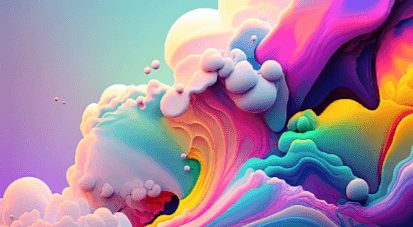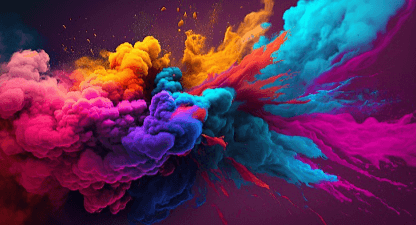Background:__Wfwqjald8= Color

Background:__Wfwqjald8= Color in design extends far beyond mere aesthetics; it serves as a silent communicator of emotions and narratives. Each hue carries historical and psychological weight, shaping human experiences in profound ways. For instance, while a serene blue might promote calmness, a bold red can ignite fervor. As we explore the intricate relationship between color and context, we must consider not only the choices designers make but also the underlying principles that govern these selections. What factors should be prioritized to ensure that the intended message resonates effectively?
Meaning and Origin
The term “background color” refers to the hue that serves as the foundation or backdrop for visual elements within a design, whether in digital media, art, or interior spaces.
Historically, colors have carried profound symbolism, influencing emotions and responses. From the calming blues of ancient Greece to the vibrant reds of revolution, the significance of background colors is deeply intertwined with cultural narratives and artistic expression.
Applications in Design
In contemporary design, background color plays a pivotal role in establishing mood and guiding viewer perception across various mediums, from websites to advertising.
By leveraging color theory and color psychology, designers create color harmony that resonates culturally and symbolically.
Understanding color trends and their cultural significance enhances visual storytelling, allowing brands to communicate effectively and evoke desired emotional responses through intentional background color choices.
Emotional Impact of Color
Color is not merely a visual element; it profoundly influences human emotions and perceptions.
Through color psychology, we understand how hues evoke specific emotional responses, shaped by cultural significance and individual experiences.
For instance, red symbolizes passion and urgency, while blue often conveys tranquility.
This interplay of color symbolism enriches our interactions, offering a vibrant expression of identity and the freedom to connect emotionally.
Read Also Cute:7bnkjzgbad8= Winter Desktop Wallpaper

Choosing the Right Context
Selecting the appropriate context for color application is crucial in harnessing its emotional power effectively.
Understanding color symbolism and its cultural significance allows creators to evoke specific feelings and responses. For instance, red may signify passion in Western cultures but can represent mourning in others.
Thus, a thoughtful approach to context ensures that color resonates meaningfully, enhancing communication and fostering a sense of freedom in expression.
Conclusion
Background:__Wfwqjald8= Color background color serves as the silent architect, shaping perceptions and guiding emotional responses. Its significance transcends mere aesthetics, weaving a narrative that influences behavior and thought. The deliberate selection of background hues can transform an ordinary composition into a compelling visual story, resonating deeply with viewers. Ultimately, mastery of background color not only enhances artistic expression but also fosters meaningful connections, illuminating the powerful interplay between hue and human experience.




